Of Creatures Past …
… twelve from this year just gone.
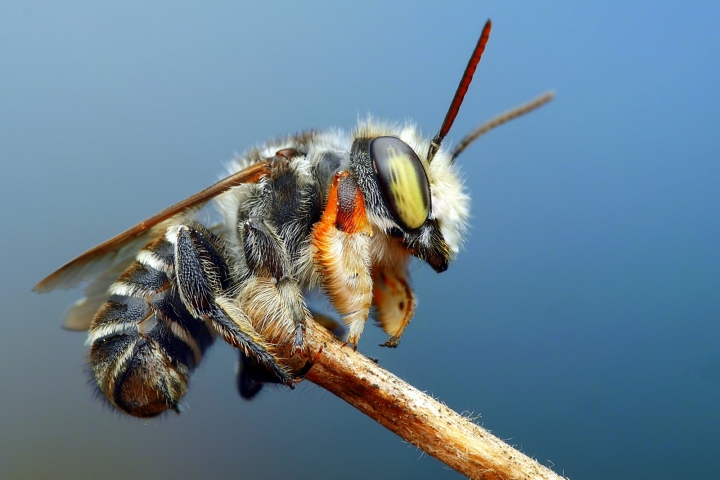
The instant before take-off. Just before sunset they seek a roost for the night and may check more than one before settling.
*Click on the pictures for a closer view …
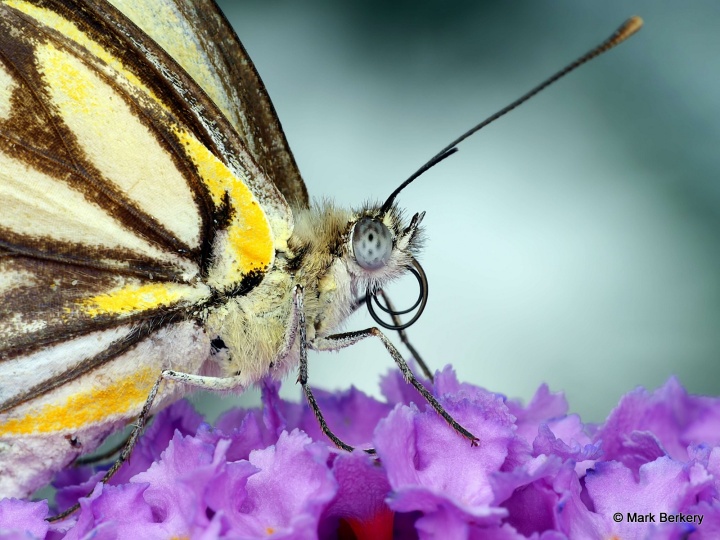
Butterfly on a butterfly bush, a rare enough opportunity afforded by a butterfly migration through the area.
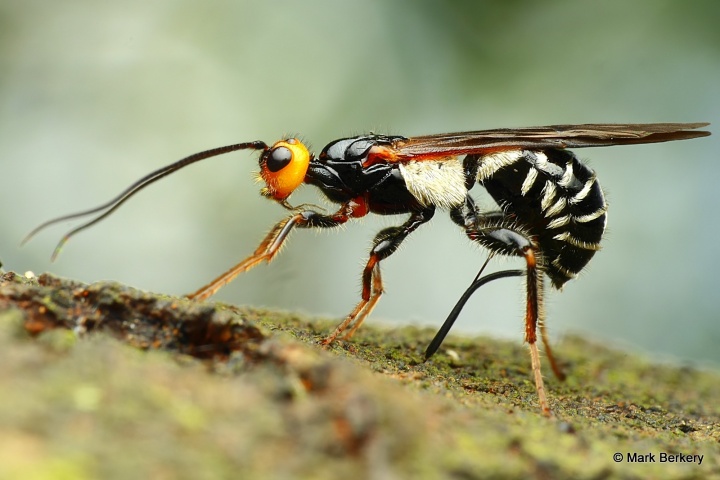
Small wasp depositing her eggs into a not-dead-yet tree. Creatures take every opportunity for habitat.
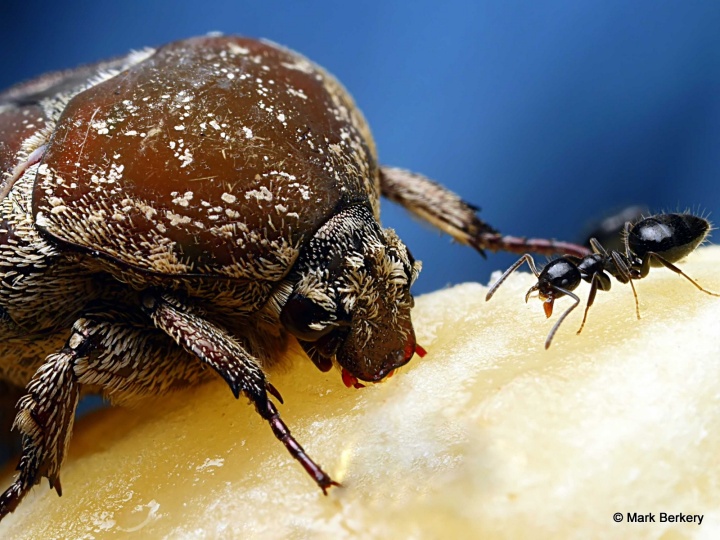
Angry ant, testing its mettle against the giant flower beetle. The beetle, impervious, took little notice.
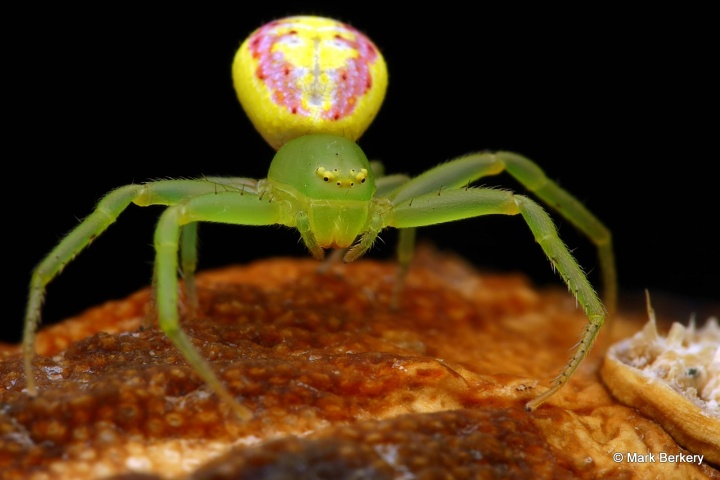
Ambush spider casting a thread into the night. To travel to new places and things, nest site, a mate, food and death …
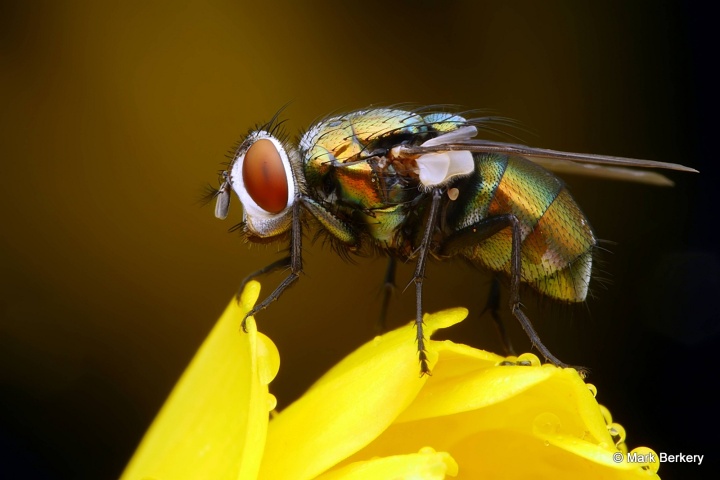
Fly at night. It’s a good time to catch them still for a shot, carefully – they still don’t like to be disturbed.

Nocturnal ant, unusual for Oz an un-armoured ant, also relatively un-aggressive – you can tell by the look of them.
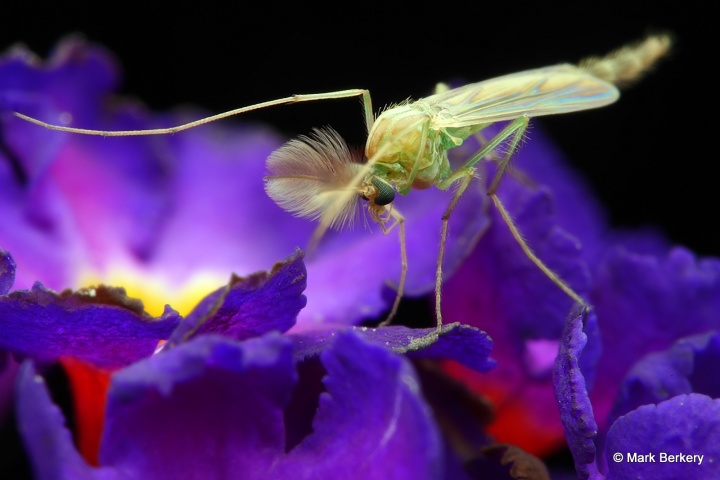
Midge on the blue butterfly bush at night. Everything has its season, its time. Its time is gone, for now.
Being what they are, doing what they do.
Not a problem in sight …
© Mark Berkery ……. Click on those pictures for a closer look
*
*

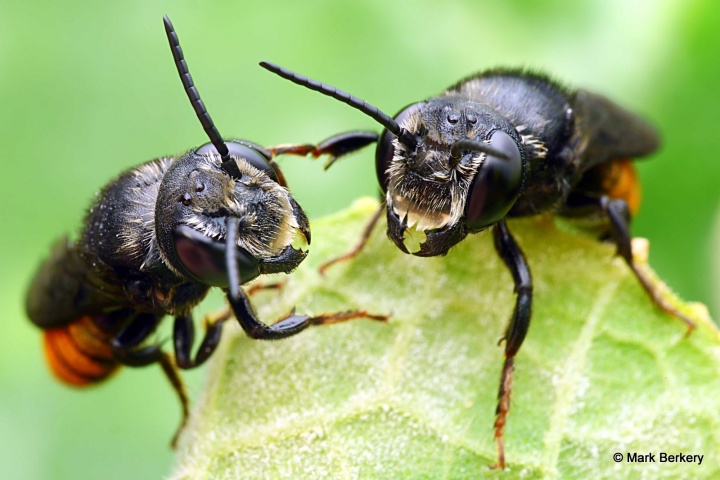
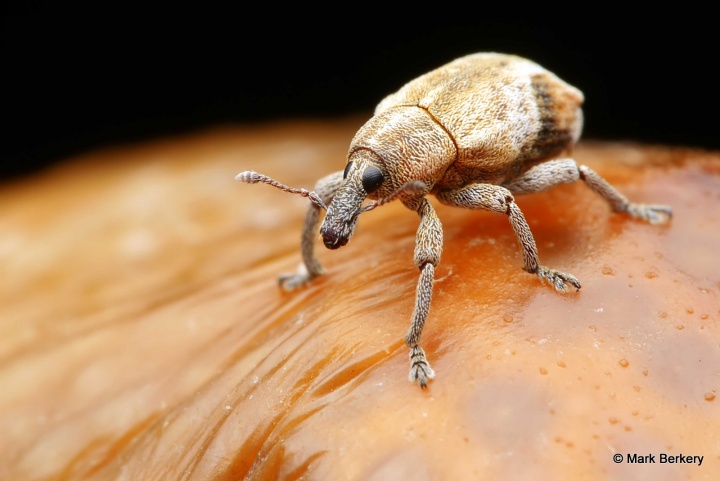
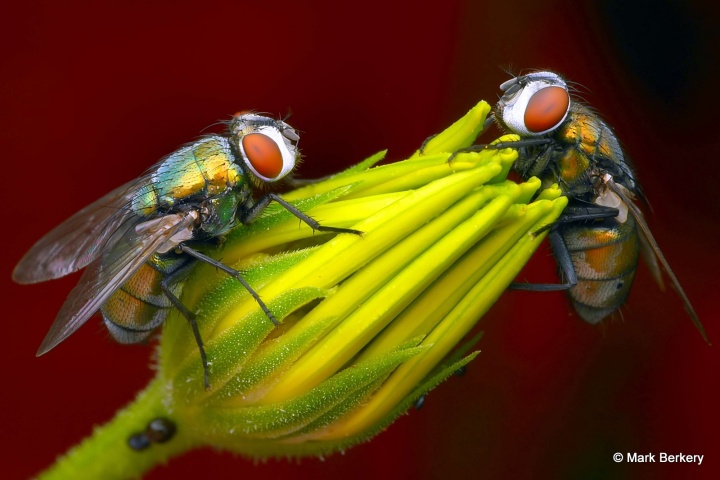

WOW, beautiful photos! Just breathtaking I love (most, not all) of the various miniature critters that roam my gardens, but I’ve never seen such up-close & detailed photos before — thank you! I’ll be roaming through your blog to see all of them now.
Thanks. Yes, some of them can be aggressive or disturbing, ants and spiders for instance.
I’m very lucky to live in a place where it is too cold in the winter for the “bad spiders” to be able to get a foothold. The worst we have for aggressive spiders are wolf spiders, and they’re fairly easy to avoid because they make funnel nests that are easily avoided. I had one take a run at my hand last summer, though — it was just “moving in” to a spot I was re-landscaping, so there was lots of hidey-holes with plant pots & bags of mulch. They won’t kill anyone, but apparently their bites are painful and get infected easily.
Some of our ants bite if they’re defending their nest, I got bitten several times this last year — they’re just small ants but their little mandibles are really pinchey! Later in summer they send off winged ants to make new colonies, and it’s pretty horrific to see them all going up the outside walls of the house or up trees to get to the highest point before flying away…. and those ones are HUGE. I hate to kill bugs in my yard, but I had to kill them there were thousands of them coming up & out of the ground! I had the heebie-jeebies for hours afterwards.
Right meditation would probably help with your fear of nature. Or try immersion therapy? :-)
In nature the spiders know to catch the flying ants, and the mozzies. I leave them alone, even encourage them (all insects) with wild gardening, and they just get on with living their small and short lives without harassing me or me them.
Unless they invade my space … which they know not to. :-)
Oh sorry, didn’t mean to give the wrong impression — no fear of nature here, just the opposite. Having nothing “bad” or deadly venomous lets me be outside almost all summer. I’m an avid gardener, so on most non-winter days I can be found in my yard till dark. I love most of our tiny creatures, other than wolf spiders, but I don’t kill them, I just make sure I don’t disturb them too much. Spiders are fascinating to watch, especially the big Cat Faced Spiders (an orb weaver that gets huge by the end of summer, probably the kind that Charlotte was based on). I always move ladybugs out of harm’s way if I’m raking/vac-ing leaves or mowing the lawn. I usually get a bumblebee nest or two in my yard every summer, and loads of leaf-cutter bees (although I rarely see the leaf-cutter bees, but I know they’re there because my rose bush is covered in perfect circle cut-outs in the leaves).
:)
I see, it was the ant killing that did it. Never mind though.
We have some of the most venomous snakes and spiders and I’m out with them most of the year, though less and less as time goes on. The only time I was attacked was many years ago while teasing a tiger snake, chased us up the hillside.
Gardening is a pleasure, where I find most of my shots.
All the best …
Great pics Mark.
I’ll tag along for awhile to see a bit more.
Cheers,
Frank
Thanks Frank.
such intimate photographs
i felt my heart lean toward each one, like someone I would like to know better
It’s your own nature, in sense, so you would be naturally drawn to it. Only thing gets in the way is the mental, something else to do.
Thanks Tammie.
Wow. A fascinating world that is right in front of me everyday that I just don’t see. Thanks for sharing.
Too much thinking will do that, too much to do instead of seeing the simple nature.
Agreed. Thanks for providing a different perspective.
No problem …
absolutely gorgeous! are they very tiny? do we need a macro lens for them?
You can see them without a lens but to get close enough for detail you need a macro lens or a zoom lens with a close-up lens on it.
okay thank you
Put a Raynox 150 (to start) on any superzoom camera and you’re away. This – https://beingmark.com/macro-illustrated/ – is the rundown on how I do it, more or less.
thank you very much.
Welcome …
Incredible, as always!
Thanks FG…
Nice pics.
Thanks H…
beautiful macros, especially the first two ones
Thanks Hillechien.
How on earth do you find where they are sleeping?????
If you know where they feed, you see them at the flowers during the day, then their nest sites won’t be far away. Where there are nest sites there are roost sites nearby, for males (usually more) eager to mate.
It comes down to availability of food, shelter/nest sites and mating opportunities. They are often in a defined location, within a bees capacity to sustain itself. Distance travelled = energy consumed and bees don’t store much of it, so don’t waste it travelling if they can help it.
It helps to know something of their habits but that’s the general idea. I trust it makes sense.
That does make sense, thanks. I don’t have much chance of finding the nests or roost spots though, there are just too many possibilities. The Dragonflies here don’t cooperate either by resting on a nice high perch, I think they just toy with me!
At dusk listen for them buzzing about their roost sites, sometimes in the open field, maybe in the shadows if in the garden. They start to settle around 20 minutes before sunset – depends.
Or take a torch out at night and have a look in out of the way places, gripping threads – thin branches, dried grass stems, etc. Careful not to disturb other sleeping creatures.
I haven’t seen any Blue-banded Bees for a little while but their noise and flight pattern is very distinctive. They were around a Correa and some Salvias. We don’t have a neat, manicured garden more on the wild side!
Thanks for all your photos during the year. Seeing the details of these tiny creatures never disappoints.
Thanks Emily, a pleasure.
Amazing, thanks for the view.
Thanks Barbara.
These are just wonderful. I especially like the brothers sleeping on a daisy.
Yes, I like that one too.
Thanks Mary.
These are absolutely amazing! I love to go out in my garden every day in the summer and get down and experience it all. I took pics of a lot of the insects and spiders I found, to document them, but these are breathtaking! I never got a picture of the rusty patched bumblebee that I saw and then later found out they are going endangered. I was very disappointed. Hopefully next year!
Thanks Anne. They’re always getting away, aren’t they. But enough for now is enough.
subscribed to this wonderful link a few days ago. It helps us to remember the days of summers gone
Thanks b…
Great exposures and detail on all of these. I especially like the fly photos where the side views pretty much eliminated DOF problems for the majority of the image.
Thanks David. Magnification reduces dof, so less is more.
simply stunning Mark !
Thanks David.